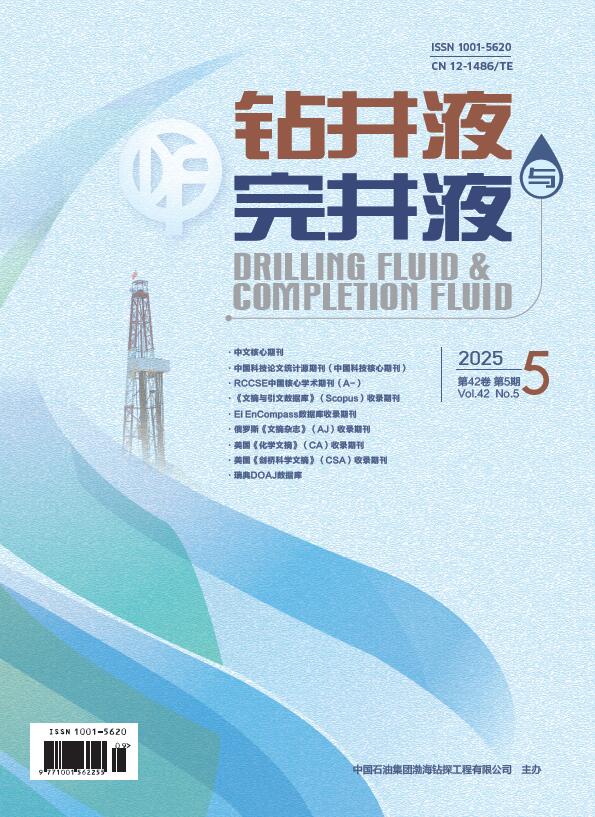Abstract:
In order to ensure the safety of drilling process, it is necessary to have a more profound understanding of the rheological properties of drilling fluid under high temperature and high pressure (HTHP). Polysulfide drilling fluid has excellent performance and is widely used. Experimental research on the rheological properties of drilling fluid under HTHP still needs to be strengthened. Under wide range of temperature and pressure(-180℃, -100 MPa), the rheological properties of the selected water-based drilling fluid were evaluated, and the rheological parameters were quantitatively evaluated and analyzed. The experimental data show that the rheological property of Polysulfide drilling fluid is less affected by pressure than by temperature. By fitting the commonly used rheological models (Bingham model, Power Law model, Casson model, Herschel-Bulkely model and Robertson-Stiff model) in drilling field, the fitting effect of each model is analyzed, and the best rheological model for describing the rheological behavior of the drilling fluid is found out. The results show that both The H-B model and the R-S model can describe the rheological behavior of the drilling fluid under HTHP, and the fitting effect of the H-B model is slightly better than that of the R-S model. The order of the fitting effect of each mode is as follows:Herschel-Bulkely ≈ Robertson-Stiff ≈ Bingham > Casson > Power Law. Based on the H-B model, the optimal fitting equation of rheological parameters with temperature and pressure was obtained from the nine combinations of (T,P), (T,1/P), (T,lnP), (1/T,1/P), (1/T,lnP), (lnT,P), (lnT,1/P) and (lnT,lnP) by direct fitting method and finally the prediction formula of shear stress of polysulfide drilling fluid was obtained. The prediction accuracy of the formula was good, and the relative error rate was mostly concentrated between -7.15%-11.46%, The average error was only 1.03%.



